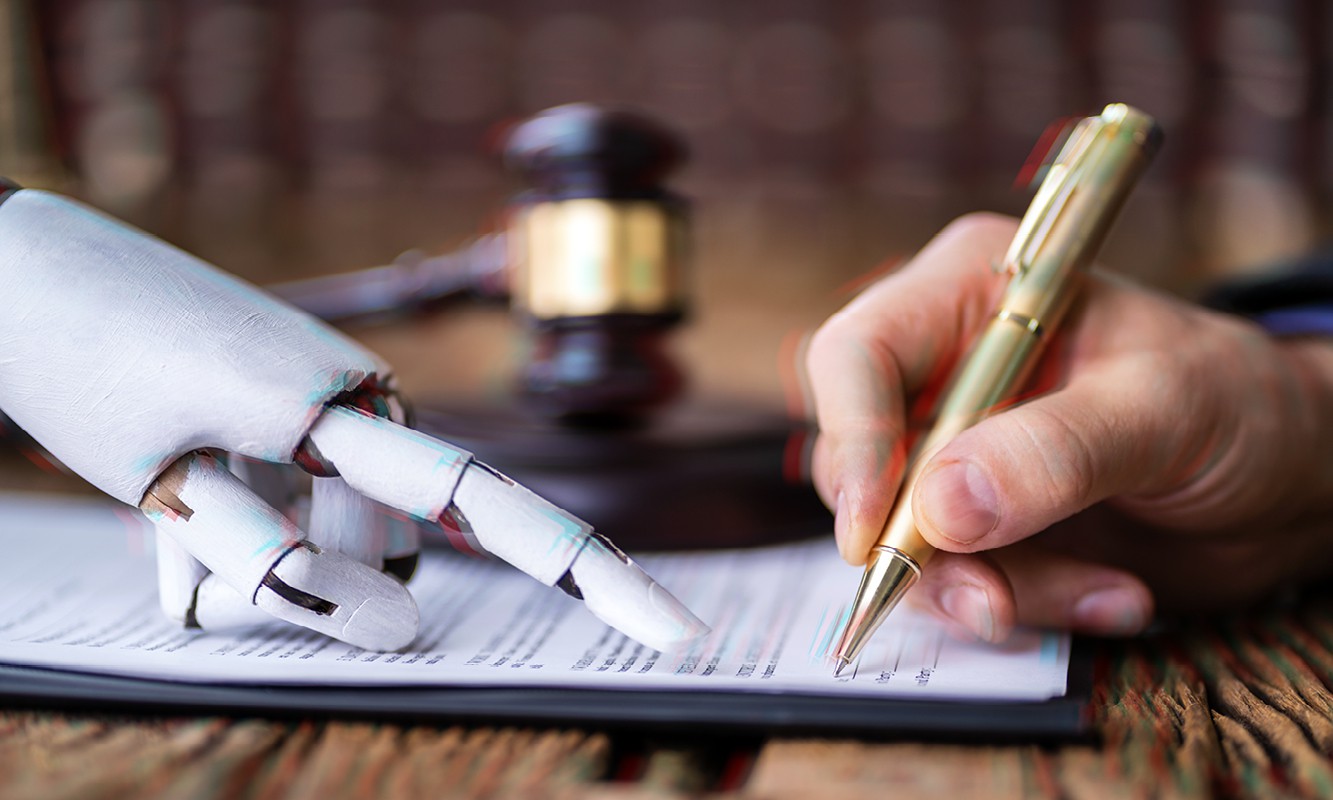Like a large corporation slowly absorbing its smaller competitors, technology continues to chip away at the edifice of legal services.
Software designers seek to automate discreet tasks in legal service provision, often to supplement the work of lawyers, and sometimes to replace them altogether. This ongoing march poses the question: when does software cross the line into the provision of legal services?
Courts in the United States have begun to grapple with this, as in the recent matter of In re Peterson.1 This involved an examination of the work performed by ‘Upsolve’, a system designed to assist laypeople to file for bankruptcy in various US jurisdictions.
Upsolve is effectively an online tool which takes consumers through a series of steps, ultimately resulting in filing for bankruptcy and the discharge of debts. Users answer a series of questions, take mandatory online courses and upload documents; the system itself populates the forms based on the information provided by the user and the applicable law in the jurisdiction selected. Crucially, this involves the software electing which exemptions are available in relation to a particular asset.
Users can review and alter data, and Upsolve’s managing attorney (who is not licensed to practice law in Maryland, where the bankruptcy in this matter was filed) also conducts a quality control review, although this is limited to whether the form is complete and consistent.
Stephen C. St. John, Bankruptcy Judge of the United States Bankruptcy Court, District of Maryland, considered whether the work done by the software constituted unauthorised practice of legal services. His Honour began with a detailed examination of what Upsolve does, the procedural history of the matter and the evidence before the court.
Of crucial importance to the question before the court was the software’s ‘exemptions editor’ function, which auto-populated which assets were claimed as exempt from the bankruptcy, based on the jurisdiction selected by the user. This was ultimately the task which was seen to be an unauthorised practice of legal services. His Honour noted (at [97]):
“…this Court concludes that the unauthorized practice of law occurred when the software program assigned “default” exemption provisions based upon the information provided by the user. While the user may select the exemption scheme (albeit from a limited array of options), it is the software that selects which exemption to apply to a particular asset… Neither the user’s antecedent blessing or subsequent acknowledgement of the actions taken by the software nor the user’s ability to edit the automated default assignments absolves Upsolve or affects the Court’s analysis, particularly given that the user’s initial options for exemptions available to apply were limited to those Upsolve determined should be provided (i.e., the practice of law by Upsolve).”
His Honour also found that neither the fact that the software was on a website, nor that disclaimers had been used2, changed the fact that legal services were being provided:
(At [84], quoting from Frankfort Digit. Servs., Ltd. v. Neary (In re Reynoso),3 (B.A.P. 9th Cir. 2004):
“[W]ebsites don’t just grow out of thin air and aren’t maintained out of thin air. They’re put together by people; they’re put on the Internet; and it’s not the website that provides the assistance. It’s the people who develop the website that provide the assistance . . . .
“The software did not simply place the debtors’ answers, unedited and unmediated, into official forms where the debtors had typed them on a screen; rather, it took debtors’ responses to questions, restated them, and determined where to place the revised text into official forms.”
(At [98]):
“For instance, the Bright Court rejected the notions that non-lawyers may disclaim liability for the unauthorized practice of law by asserting their services are that only of a scrivener or by requiring debtors to attest that no legal advice was provided, concluding that such are irrelevant and ineffectual where a non-lawyer has in fact engaged in the unauthorized practice of law.”
Australian jurisdictions are starting to see similar kinds of software appear, automating or assisting in the production of wills, contracts and other legal documents, and it is clear that our courts will soon begin to consider the nature of this work.
Practitioners developing or using such software (or advising clients in that regard) should keep in mind the possibility that it may lead to a finding that the Legal Profession Act has been breached; it is doubtful that “the algorithm did it” will be an acceptable defence.
Shane Budden is a Special Counsel, Ethics, with the Queensland Law Society Ethics and Practice Centre.
Footnotes
1 (Bankr D Md, No 19-24045, 1 June 2022).
2 For consideration of disclaimers in Australia, see Van der Feltz v Legal Practice Board [2017] WASC 2.
3 315 B.R. 544, 551 (9th Cir, 2004).














Share this article